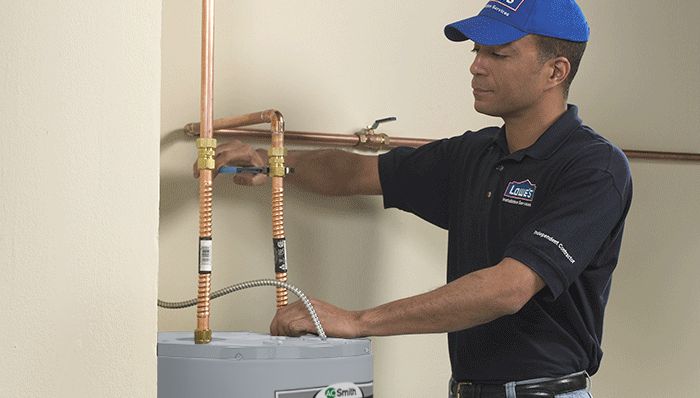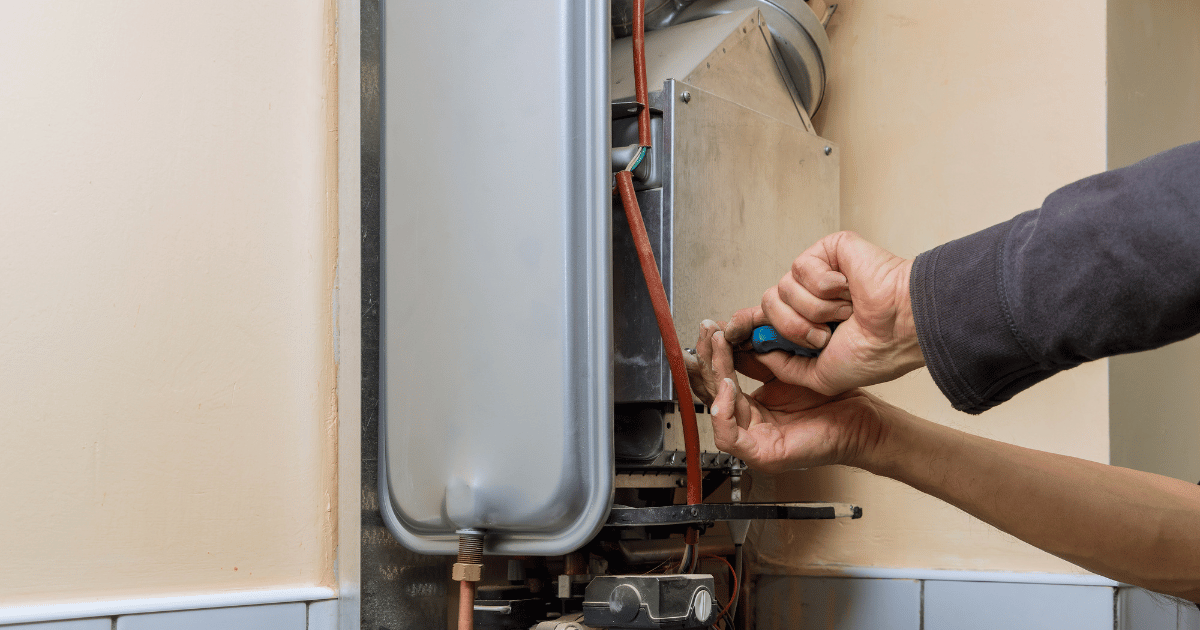Simple Steps to Maintaining Your Home's Hot Water SystemMaintaining Your Home's Hot Water System: Essential GuidelinesHow to Maintain Your Home's Hot Water System Functioning Well
Simple Steps to Maintaining Your Home's Hot Water SystemMaintaining Your Home's Hot Water System: Essential GuidelinesHow to Maintain Your Home's Hot Water System Functioning Well
Blog Article
Are you interested in related information around Tips For Maintaining Your Hot Water Heater?

Hot water is vital for daily convenience, whether it's for a revitalizing shower or washing meals. To guarantee your hot water system runs successfully and lasts longer, normal maintenance is essential. This write-up gives practical tips and insights on exactly how to keep your home's hot water system to stay clear of interruptions and pricey repair services.
Intro
Keeping your home's hot water system may seem complicated, however with a few easy steps, you can guarantee it runs smoothly for several years to come. This guide covers whatever from understanding your hot water system to DIY upkeep ideas and understanding when to call in professional aid.
Relevance of Preserving Your Warm Water System
Normal maintenance not just prolongs the lifespan of your hot water system but additionally guarantees it operates successfully. Overlooking upkeep can bring about reduced effectiveness, higher power bills, and even premature failing of the system.
Indicators Your Hot Water System Needs Upkeep
Understanding when your hot water system requires interest can protect against significant concerns. Keep an eye out for signs such as inconsistent water temperature level, unusual sounds from the heater, or rustic water.
Comprehending Your Hot Water System
Prior to diving into upkeep jobs, it's helpful to comprehend the fundamental elements of your warm water system. Normally, this consists of the water heater itself, pipelines, anode poles, and temperature controls.
Monthly Upkeep Tasks
Regular monthly checks can aid catch minor issues before they escalate.
Flushing the Hot Water Heater
Flushing your hot water heater removes sediment buildup, boosting performance and prolonging its life.
Monitoring and Changing Anode Rods
Anode poles protect against rust inside the storage tank. Inspecting and replacing them when worn out is crucial.
Evaluating and Readjusting Temperature Settings
Changing the temperature setups guarantees optimum efficiency and safety and security.
Do It Yourself Tips for Upkeep
You can carry out a number of maintenance tasks on your own to maintain your warm water system in leading condition.
Looking for Leaks
Routinely check pipelines and connections for leaks, as these can lead to water damage and higher expenses.
Evaluating Stress Relief Valves
Checking the stress relief valve ensures it operates properly and avoids extreme pressure build-up.
Protecting Pipelines
Insulating hot water pipes minimizes warmth loss and can save power.
When to Call a Specialist
While do it yourself upkeep is beneficial, some concerns require expert experience.
Facility Issues Needing Expert Help
Examples consist of major leakages, electrical problems, or if your hot water heater is continually underperforming.
Regular Professional Maintenance Perks
Specialist maintenance can include detailed examinations, tune-ups, and ensuring conformity with security standards.
Final thought
Routine maintenance of your home's hot water system is vital for effectiveness, durability, and cost savings. By adhering to these tips and recognizing when to seek professional aid, you can guarantee a dependable supply of warm water without unanticipated interruptions.
Water Heater Maintenance Tips
Test the TPR Valve
Shut off the power and the cold-water supply valve. Place a bucket under the pipe connected to the temperature-pressure-release (TPR) valve on the top or side of the tank. (This valve opens if the tank pressure gets too high.) Lift the valve’s tab to let some water out, then let go. If water keeps flowing, drain the tank partway, unscrew the old valve with a pipe wrench, and install a new one. Check the Anode Rod
Put a hose to the tank’s drain cock and let out a few gallons of water. Now fit a 1 1/16-inch socket onto the rod’s hex head on top of the heater (or under its top plate) and unscrew the rod. If it’s less than ½ inch thick or coated with calcium, buy a new one, wrap its threads with Teflon tape, put it back in the tank, and tighten securely. Use this segmented rod if headroom above the tank is limited. Drain the Tank and Wash Out Sediment
Drain the remaining water in the tank into the bucket, then stir up the sediment on the tank’s bottom by briefly opening the cold-water supply valve. Drain and repeat until clean water comes out of the hose. Close the drain cock, refill the tank, and turn its power back on. Adjust the Temperature
Find the temperature dial on the side of the tank and unscrew its cover. Adjust the dial to 120 degrees using a flathead screwdriver. For every 10 degrees the temperature is lowered, you can expect to save up to 5 percent in energy costs. Turn the water heater off or the thermostat down to its lowest setting if you plan to be away from home for more than three days. Insulate the Pipes
Buy some self-sticking 3/8-inch-thick foam pipe insulation that matches the pipes’ diameter. Slide the foam over the hot-and cold-water pipes as far as you can reach. Insulating the cold-water pipe prevents condensation in summer. Peel the tape and squeeze the insulation closed. If the pipe is 6 inches or less from the flue, cover it with 1-inch-thick unfaced fiberglass pipe wrap. https://www.thisoldhouse.com/plumbing/21016402/how-to-maintain-a-water-heater

As a devoted reader about Water Heater Maintenance Tips You Can't Afford to Forget, I was thinking sharing that short article was really useful. Are you aware of another person who is curious about the niche? Do not hesitate to share it. We enjoy reading our article about Water Heater Maintenance Tips You Can't Afford to Forget.
Call Today Report this page